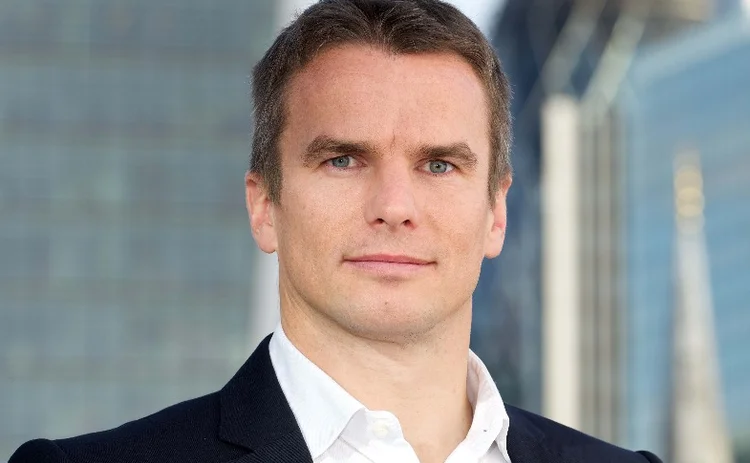Cboe Rolls Out Final Software for Mifid II
The exchange has completed its compliance strategy by releasing its final piece of software.

The exchange started its Mifid II transformation in 2015 with the release of its Periodic Auctions Book, and this final version has been based on a number of clarifications provided by the European Securities and Markets Authority (Esma) through a series of Q&As for European trading venues.
David Howson, COO of Cboe, tells WatersTechnology that order record keeping requirements are one of the top priorities for the exchange and it has requested that its participants supply them with the required order record keeping data beginning the 1st of December.
“One of the biggest changes has been around the order record-keeping requirements placed upon venues [by] the RTS 24,” he says. “This requires venues to collect extra information from their participants. Venues need to specify who the client is, who made the execution decision and who made the investment decision within the member firm. All of these must be recorded on an order-by-order basis.”
The final software adds a number of trade flags that are relevant to identifying the characteristics of off-exchange and off-book trades, adds Howson.
“Also there was a requirement on venues that if a member or a participant is not what’s considered a ‘Mifid firm’, we have to collect transaction reports on their behalf to send to the regulator,” he says. “Because if the member is a non-Mifid firm, there is no Mifid regulator who would have jurisdiction to require them to supply transaction reports.”
While this is the final release before the first day of Mifid II on Jan. 3, 2018, Howson admits that there will be some behavioral changes during the first day of implementation, but says participants will not be required to do anything.
“Some aspects of the venue will operate differently,” he says. “For example, the way iceberg orders and large-in-scale thresholds are required to work under Mifid II will be different; there will also be tick-size differences.”
Despite the conclusion at the technical level, Cboe’s compliance effort is not over yet. The exchange will focus on ensuring that it has the right data and a proper communication setup with regulators for sending them the required information.
“There is some work left to do in order to make sure the data are being shipped in the right format,” says Howson. “And then the big part is to work with our participants to help them integrate the systems. We have our trade desk, who will offer all operational support; we also have certification environments where participants can test their various capabilities, which are available every day during operational hours.”
Only users who have a paid subscription or are part of a corporate subscription are able to print or copy content.
To access these options, along with all other subscription benefits, please contact info@waterstechnology.com or view our subscription options here: http://subscriptions.waterstechnology.com/subscribe
You are currently unable to print this content. Please contact info@waterstechnology.com to find out more.
You are currently unable to copy this content. Please contact info@waterstechnology.com to find out more.
Copyright Infopro Digital Limited. All rights reserved.
As outlined in our terms and conditions, https://www.infopro-digital.com/terms-and-conditions/subscriptions/ (point 2.4), printing is limited to a single copy.
If you would like to purchase additional rights please email info@waterstechnology.com
Copyright Infopro Digital Limited. All rights reserved.
You may share this content using our article tools. As outlined in our terms and conditions, https://www.infopro-digital.com/terms-and-conditions/subscriptions/ (clause 2.4), an Authorised User may only make one copy of the materials for their own personal use. You must also comply with the restrictions in clause 2.5.
If you would like to purchase additional rights please email info@waterstechnology.com
More on Trading Tech
Recent volatility highlights tech’s vital role in fixed income pricing
MarketAxess’ Julien Alexandre discusses how cutting-edge technology is transforming pricing and execution in the fixed income market amid periodic bouts of volatility
Banks fret over vendor contracts as Dora deadline looms
Thousands of vendor contracts will need repapering to comply with EU’s new digital resilience rules
Where have all the exchange platform providers gone?
The IMD Wrap: Running an exchange is a profitable business. The margins on market data sales alone can be staggering. And since every exchange needs a reliable and efficient exchange technology stack, Max asks why more vendors aren’t diving into this space.
This Week: Trading Technologies completes ANS deal; State Street; Equinix; and more
A summary of the latest financial technology news.
Interactive Brokers looks beyond US borders for growth opportunities
As retail trading has grown in volume and importance, Interactive Brokers and others are expanding international offerings and marketing abroad.
JP Morgan’s goal of STP in loans materializes on Versana’s platform
The accomplishment highlights the budding digitization of private credit, though it’s still a long road ahead.
As data volumes explode, expect more outages
Waters Wrap: At least for those unprepared—though preparation is no easy task—says Anthony.
This Week: ICE Bonds and MarketAxess plan to connect liquidity networks, TS Imagine, Bloomberg, and more
A summary of the latest financial technology news.








